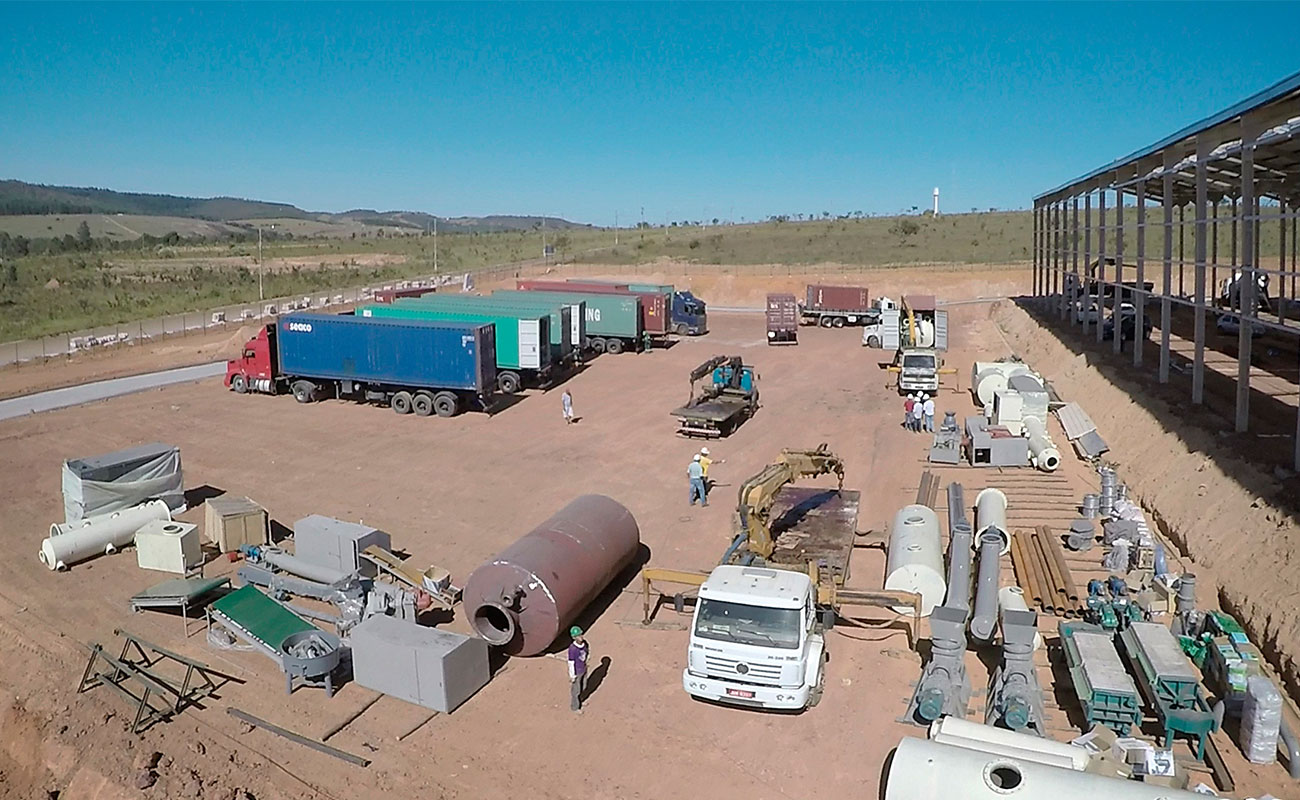As the world’s population continues to grow, so does the amount of plastic waste produced. According to the World Bank, over 2 billion tons of municipal solid waste (MSW) are generated annually, and it is estimated that approximately 12 percent of that waste is plastic. Traditional methods of plastic disposal, such as landfills and incineration, have proven to be environmentally harmful and unsustainable. In recent years, there has been a growing interest in using pyrolysis technology to convert waste plastic into valuable products.
Pyrolysis is a thermochemical process that involves heating organic materials, such as waste plastic, in the absence of oxygen. This process breaks down the long-chain molecules of plastic into smaller molecules, which can then be used as fuel, chemical feedstock, or other valuable products. Pyrolysis technology (pirólisis de llantas) is particularly useful for dealing with plastic waste, as it offers a number of advantages over traditional disposal methods.

The first advantage of pyrolysis technology is that it can convert plastic waste into useful products. The pyrolysis process produces three main products: gas, liquid, and solid. The gas produced during pyrolysis can be used as fuel, while the liquid can be refined into diesel or gasoline. The solid residue, known as char, can be used as a source of carbon black or as a soil amendment. By converting plastic waste into valuable products, pyrolysis technology offers a sustainable and profitable solution for dealing with plastic waste.
The other benefit of pyrolysis technology (planta de pirólisis continua) is that it is environmentally friendly. Unlike traditional methods of plastic disposal, such as landfilling and incineration, pyrolysis does not release harmful gases into the atmosphere. In fact, the gases produced during pyrolysis can be captured and used as fuel, which further reduces the environmental impact of the process. Additionally, pyrolysis technology can be used to recycle other types of organic waste, such as wood and agricultural waste, further reducing the amount of waste that is sent to landfills.
The third advantage of pyrolysis technology is that it can be used to generate energy. As mentioned earlier, the gases produced during pyrolysis can be used as fuel. This makes pyrolysis technology a viable alternative to traditional fossil fuels. Some pyrolysis plants have been designed to generate electricity, making them self-sufficient and reducing their dependence on external energy sources.
Given these benefits, it is not surprising that the market for waste plastic pyrolysis machines is growing rapidly. There are a number of different types of pyrolysis machines available, ranging from small, portable units that can be used to process plastic waste on a small scale, to large, industrial-scale machines that are capable of processing large quantities of waste plastic. The type of pyrolysis machine (Beston ECO) that is most suitable for a particular application depends on a number of factors, such as the type and quantity of waste plastic being processed, the desired end products, and the available budget.